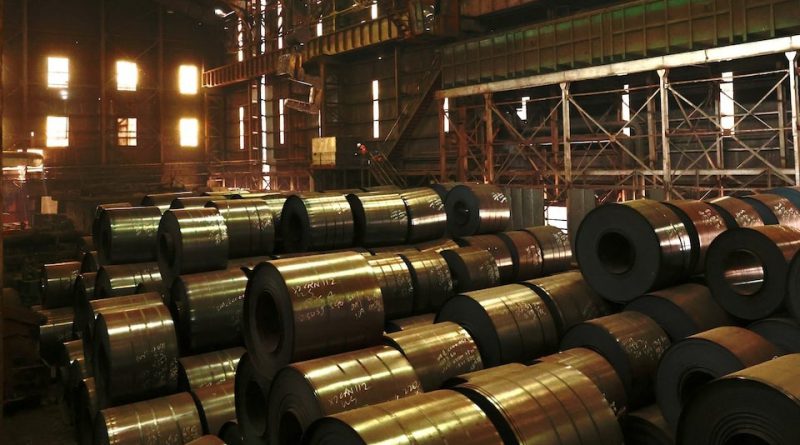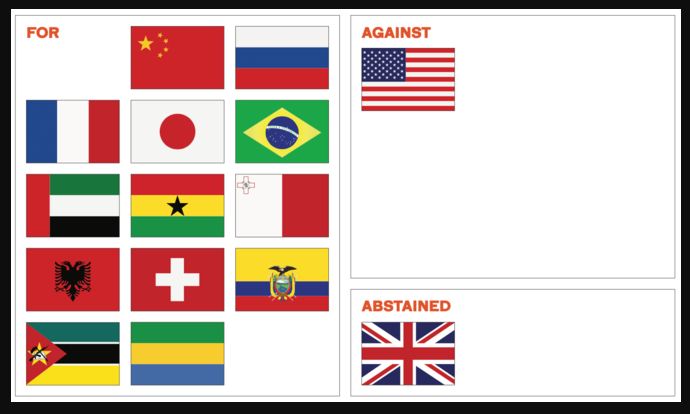India Weighs Extension of Import Tariff on Select Steel Products Amid Concerns Over Cheaper Overseas Supplies
New Delhi – India is assessing the possibility of continuing an import tariff on certain steel products in response to rising concerns about the impact of cheaper steel shipments entering the domestic market, particularly from China, according to a source familiar with ongoing internal discussions who said the matter remains under serious evaluation by key decision-makers.
The tariff under review is a safeguard duty originally recommended earlier this year by trade authorities, who proposed an 11%–12% levy for three years to help counter the effect of low-priced overseas steel on India’s domestic manufacturers and long-term market stability.
India remains the world’s second-largest crude steel producer, and policymakers have repeatedly noted that domestic producers require protection in periods of sudden price fluctuations, particularly when lower-cost imports may disrupt local output, lead to inventory burdens, or trigger pricing pressures that weaken industry margins.
A confidential source said the proposal to extend the tariff is still being considered and that internal consultations are ongoing across relevant ministries, but declined to offer additional details because of the sensitive nature of the deliberations and the commercial implications for the sector.
The Ministry of Finance has not issued a formal comment and has yet to respond to inquiries seeking clarification on whether the duty is likely to be extended, leaving industry stakeholders watching closely for any indication of when a decision will be announced, especially given the tariff’s temporary nature earlier this year.
The government had initially imposed a temporary 12% safeguard duty in April for a period of 200 days, which has since expired, creating uncertainty among steel producers who have been seeking clarity on future tariff policies that could shape investment and output planning.
India’s finished steel imports declined 34% year-on-year during the first seven months of the current financial year, a drop that analysts partly attribute to the earlier temporary tariff and a cooling in import appetite as domestic producers regained share in several product lines.
South Korea remained India’s top supplier of finished steel during this period, exporting approximately 1.4 million metric tons, followed by China, Japan and Russia, which together form a significant share of India’s steel import basket despite ongoing shifts in global production and pricing.
Officials monitoring market trends say that India continues to feel vulnerable to Chinese steel flows because of their relatively low prices,
which can quickly influence domestic price structures and place pressure on local mills that already operate in a highly competitive environment affected by energy costs and raw material inputs.
China’s steel output is expected to fall below one billion tons this year for the first time in six years, as Beijing advances measures aimed at reducing capacity and supporting environmental goals across the country’s heavy industries.
In late October, Chinese authorities introduced a more stringent proposal for steel capacity swaps designed to curb excess production and encourage a more balanced relationship between supply levels and market demand, a move that could indirectly influence global steel prices and reshape export patterns to countries such as India.
Industry observers say India’s decision on extending the import tariff will likely depend on whether global steel prices stabilise in the coming months, as well as the extent to which domestic producers can maintain output levels without risking oversupply or eroding profitability amid shifting international conditions.
The ongoing evaluation also aligns with India’s broader industrial strategy aimed at strengthening local manufacturing, reducing exposure to volatile international pricing, and ensuring the long-term resilience of sectors that play a central role in large-scale national infrastructure and development goals.
For now, the government’s final position on the safeguard duty remains pending, but the issue continues to draw significant attention within the steel sector as firms await clarity that will influence production planning, procurement strategies and market forecasts for the coming year.


